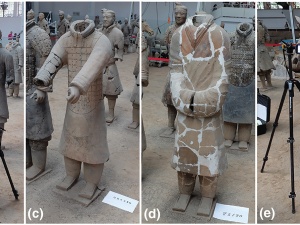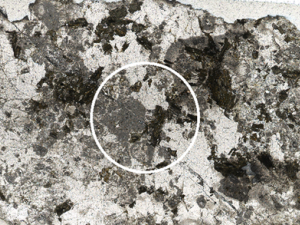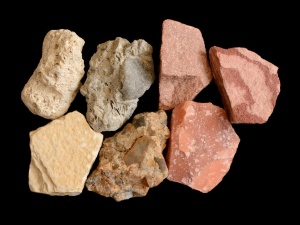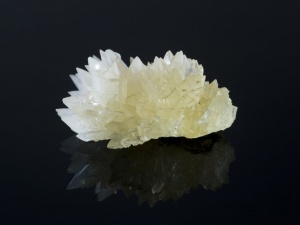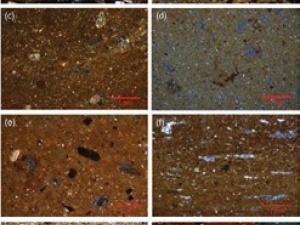Impact of Sample Preparation Methods for Characterizing the Geochemistry of Soils and Sediments by Portable X-ray Fluorescence
Abstract
We examined the impact of three different sample preparation methods on bulk soil geochemistry data obtained from a hand-held, portable X-ray fluorescence (pXRF) spectrometer. We generated data from a soil core recovered from the surface, downward into unaltered loess, and into a buried soil at a site in eastern Iowa. Samples were scanned (i) directly from field-moist soil cores; (ii) after drying, grinding, and being loosely massed in plastic cups; and (iii) as pressed-powder pellets. Data derived using these methods were compared with data obtained from a standard benchtop X-ray fluorescence (XRF) unit. Generally, the results indicated that data from pressed powder pellets often provide the best correlation to benchtop XRF data, although the results were sometimes element or compound specific. Calcium oxide, Fe2O3, and K2O generally provided the strongest correlations between pXRF- and XRF-reported values; SiO2 data were more problematic. Field-moist pXRF scans generally underestimated element concentrations, but the correlations between pXRF and benchtop XRF measurements were greatly improved after applying pXRF-derived calibration standards. In summary, although element/compound data provided by pXRF showed significant relationships to benchtop XRF data, the results are improved with proper sample preparation (i.e., drying, grinding, pressing) and usually by calibrating the pXRF data against known standards.
Full article:
Source: Preview Image: JaRaKa/Shutterstock

